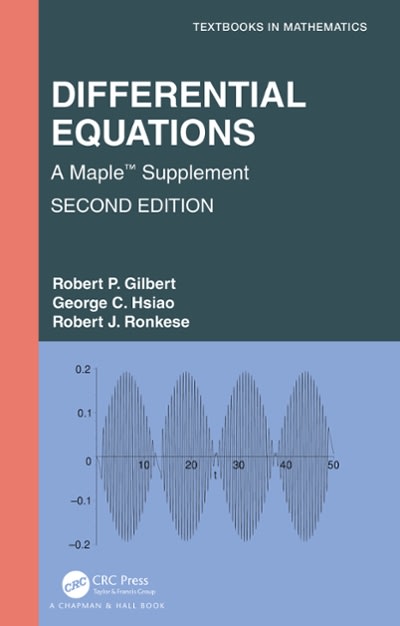1. Between 1945 and 194?, the temporary wartime alliance. that had fought against Nazi Germany col~ lapsed and a period known as the Cold War began. The Cold War describes a period of global geopolit- ical tension in which countries in the Eastern Bloc, primarily the Soviet Union and its satellite states, competed economically, socially, and politically with countries in the Western Bloc, primarily the United States and its NATO allies. The term 'cold' refers to the fact that although the two sides sup- ported signicant regional wars around the world, sometimes called 'proxy wars', they didn't engage in direct largerscale lighting with each other. The symbolic manifestation of the Cold War in Europe was the 'Iron Curtain', which separated the capitalist West from the communist East. The central and east European territories that had been liberated from the Nazis and occupied by the Soviet army in \"945 became satellite states of the Soviet Union. Although formally independent, countries like Albania, Poland, Bulgaria, Romania, Czechosolvalria, Hungary, and East Germany were essentially under the control of the Soviet Union during the Cold War. The Cold War lasted for over 40 years. In l989, a series of protests and revolutions took place in several East European wurrtries in which the people rose up to overthrow their communist governments and demand a transition to democracy. With the collapse and breakup of the Soviet Union in 1991 the Cold War came to an end. Finland was not occupied by the Red Army at the end of World War I], having stopped a Soviet offensive in l944. In this sense, it was not a satellite state of the Soviet Union like Czechsolovalria, Hungary, and Romania. Despite this, for most of the Cold War, Finland conducted a foreign policy of 'self-restraint' regarding the Soviet Union, meaning it didn't do anything it thought the Soviet Union wouldn't like- Say Finland's ideal point for Soviet control over its autonomy was zero (no Soviet control} and the Soviet Union's ideal point for its control over Finland was 1 {complete control). Finland's utility is Up- = 1 :r: and the Soviet Union's is U3 2 1:. If there is a war the winner sets policy at its ideal point- Suppose Finland's resources are l and those of the Soviet Union are 9- (a) Calculate each country's probability of winning a war. Probabilities of war are calculated in the standard wav as a share of the total capabilities of the combatants







